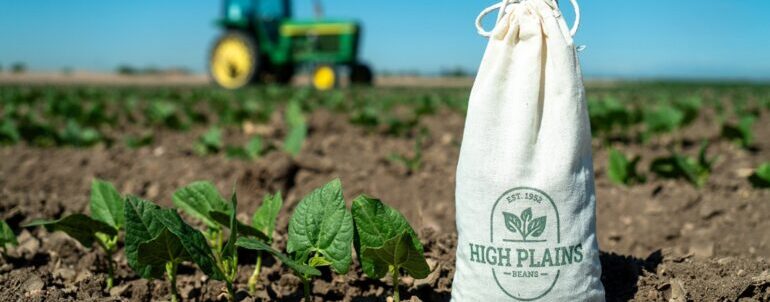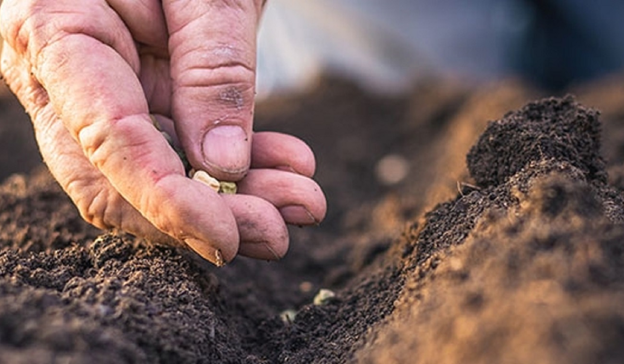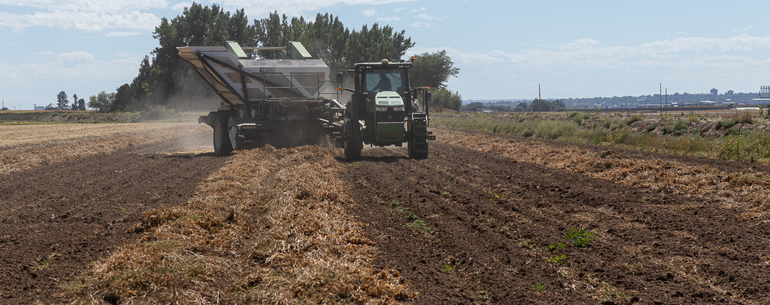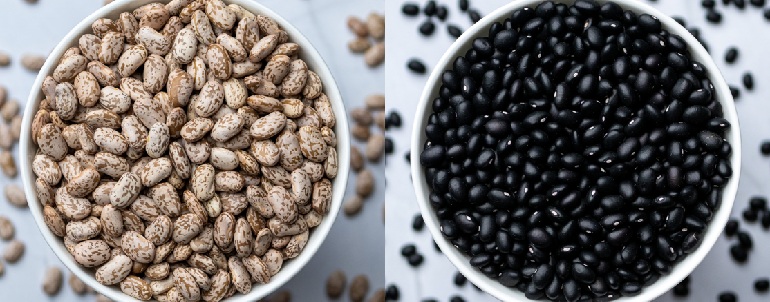The Environmental Impact of Bean Cultivation in the High Plains
January 06, 2025

Bean cultivation in the High Plains region of the United States is more than just a cornerstone of agricultural production—it’s a powerful example of sustainable farming practices that benefit both the environment and the economy. The unique geography, climate, and soil conditions of the High Plains make it an ideal location for growing dry beans, including pintos, Mayocobas, and the increasingly popular Orca beans. Let’s explore how bean cultivation in this region contributes to environmental sustainability.
Soil Health and Crop Rotation Benefits
Beans are a nitrogen-fixing crop, which means they have the remarkable ability to capture nitrogen from the atmosphere and store it in the soil. This natural process reduces the need for synthetic nitrogen fertilizers, which can contribute to soil degradation and water contamination. By incorporating beans into crop rotation systems, High Plains farmers enhance soil fertility, reduce erosion, and improve overall crop yields.
Crop rotation with beans also breaks pest and disease cycles, decreasing the reliance on chemical pesticides. This promotes healthier soils and creates a more balanced ecosystem, supporting biodiversity both above and below ground.

Water Efficiency in Bean Farming
Water conservation is a critical consideration in the arid High Plains region. Beans, particularly dry beans, are inherently drought-tolerant and require significantly less water compared to many other crops. Advanced irrigation techniques, such as drip irrigation and precise water management practices, further minimize water usage while maintaining high yields. This makes beans an environmentally friendly crop choice in a region where water resources are limited.
Lower Carbon Footprint
Bean cultivation has a relatively low carbon footprint compared to the production of many other protein sources, such as meat or dairy. Beans are an excellent plant-based protein alternative, aligning with the growing consumer demand for sustainable dietary options. By consuming more beans, individuals can reduce their personal carbon footprints, contributing to global efforts to combat climate change.
Supporting Local Ecosystems
The expansive bean fields of the High Plains also serve as habitats for various species of wildlife and pollinators. Farmers in the region often implement conservation practices like buffer strips, cover cropping, and maintaining uncultivated land margins. These practices protect waterways, reduce runoff, and create corridors for wildlife, fostering a harmonious relationship between agriculture and nature.

Challenges and Innovations
While the environmental benefits of bean cultivation are significant, the industry still faces challenges such as climate variability, soil erosion, and economic pressures. To address these issues, High Plains farmers are embracing innovations like precision agriculture, drought-resistant bean varieties, and no-till farming methods. These advancements ensure that bean farming remains both productive and sustainable for future generations.
A Sustainable Future
The High Plains region stands as a testament to how agricultural practices can coexist with environmental stewardship. Beans—a humble yet powerful crop—play a vital role in sustaining the health of the land and supporting rural economies. By prioritizing sustainable cultivation methods, High Plains farmers are paving the way for a greener, more resilient agricultural future.
Whether you’re enjoying a hearty bowl of chili or exploring new recipes with Mayocoba or Orca beans, you can take pride in knowing that these beans are grown with care for the environment. Choosing beans isn’t just good for you—it’s a decision that supports sustainable agriculture and helps protect the planet for generations to come.



